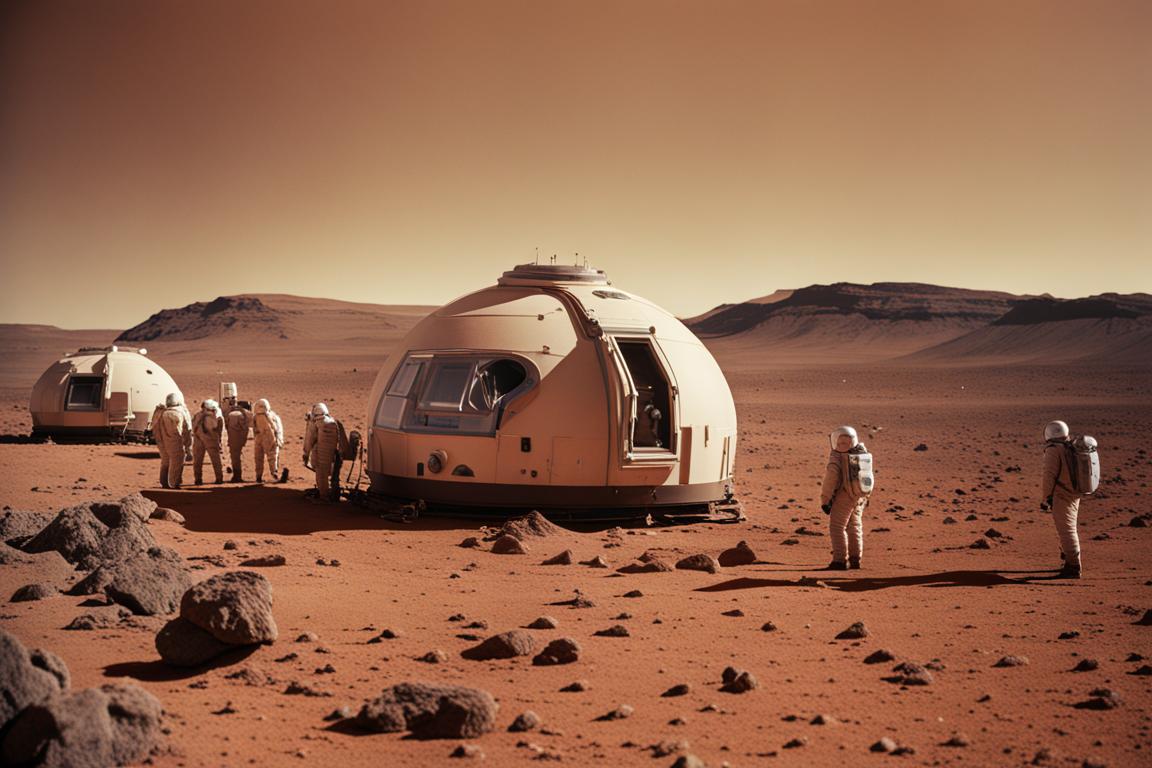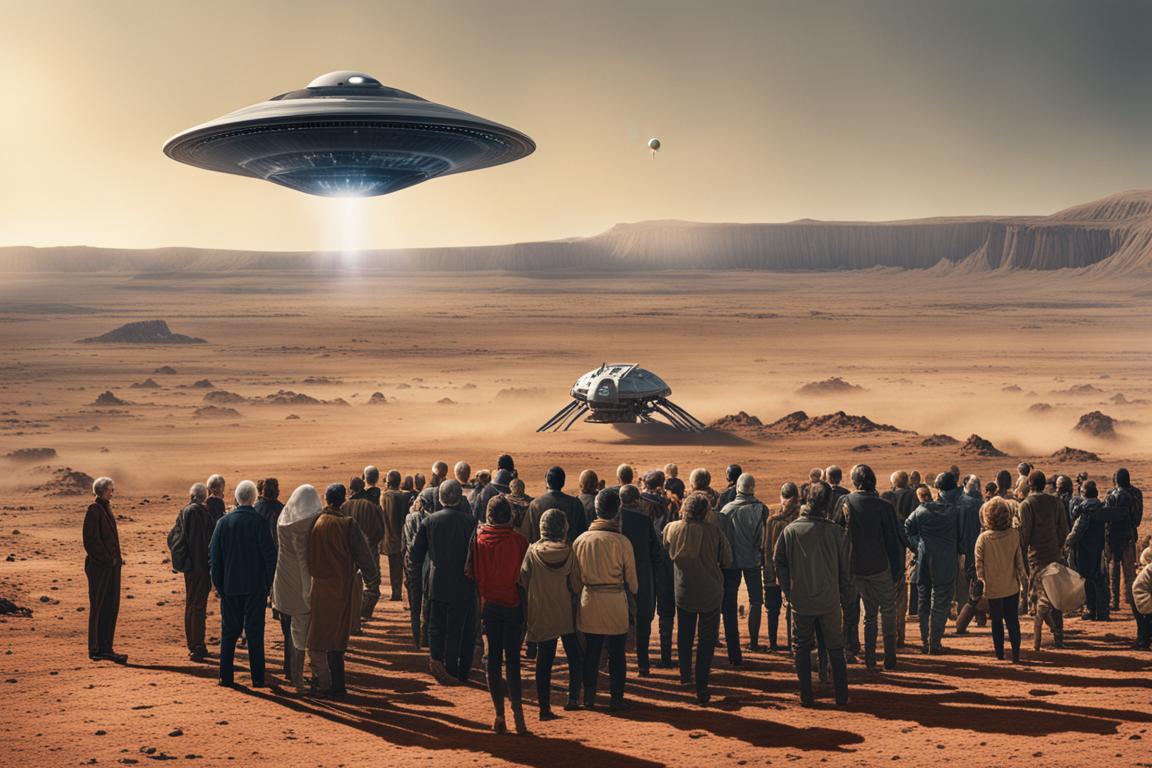
It was a crisp autumn morning when the sky over Manhattan turned an ominous shade of green. People paused in their daily routines, staring upward with a mix of curiosity and dread. News channels buzzed with speculation, but no one could have predicted the gravity of what was about to unfold. At precisely 10:00 AM, a colossal spaceship, unlike anything seen before, materialized above the city. Its metallic surface shimmered with an eerie light, and within moments, smaller vessels began to descend, spreading out like a swarm of locusts.
The first wave of attacks was swift and merciless. The alien technology was far beyond anything humanity had ever encountered. Buildings crumbled under the force of energy beams, and the streets erupted into chaos. The invaders, tall and slender with luminescent skin, moved with a precision that suggested a well-rehearsed plan. Panic spread like wildfire as people fled in all directions, seeking shelter from the onslaught.

In the midst of the chaos, a small group of scientists and military personnel gathered in an underground bunker. Dr. Elena Ramirez, a leading astrophysicist, had been studying the possibility of extraterrestrial life for years. She had always hoped for peaceful contact, but now she found herself at the forefront of humanity’s defense. Alongside her were General Marcus Steele, a seasoned military strategist, and a team of elite soldiers and researchers.
Their first priority was to understand the enemy. Dr. Ramirez analyzed the alien technology, discovering that it was powered by a form of energy previously unknown to humankind. This energy, she theorized, could be the key to both their power and their vulnerability. As the team worked tirelessly, they intercepted alien communications, revealing that the invaders were known as the Zorathians. Their home planet, Zorath, was dying, and they had come to Earth in search of a new home.
The realization that the Zorathians were not merely conquerors but desperate refugees added a layer of complexity to the conflict. Dr. Ramirez argued for a diplomatic approach, but General Steele was skeptical. The Zorathians had shown no interest in negotiation, and human casualties were mounting. Nevertheless, a plan was devised to send a small team to the mothership, hoping to establish contact and find a peaceful resolution.
Captain Sarah Mitchell, a decorated pilot, was chosen to lead the mission. She and her team boarded a stealth aircraft, equipped with the latest technology and a translator device developed by Dr. Ramirez. As they approached the mothership, they were detected and brought aboard by a tractor beam. The interior of the ship was a labyrinth of advanced machinery and alien architecture. They were met by a group of Zorathian soldiers, who escorted them to the ship’s leader, High Commander Xalor.

Xalor was imposing, with eyes that seemed to pierce through to one’s very soul. Captain Mitchell presented their case, emphasizing humanity’s willingness to help the Zorathians find a new home, but not at the cost of Earth’s destruction. Xalor listened, his expression unreadable. After what felt like an eternity, he spoke. The Zorathians had not anticipated such a response. They had encountered other civilizations before, but none had offered assistance.
Back on Earth, the situation grew dire. The Zorathian attacks intensified, and cities around the globe were falling. In the bunker, Dr. Ramirez and General Steele monitored the mission’s progress, their hopes pinned on Captain Mitchell’s success. Just as despair began to set in, a message from the mothership came through. Xalor had agreed to a temporary ceasefire, allowing for negotiations to take place.
The ceasefire brought a fragile peace, and representatives from both sides met in a neutral location. Dr. Ramirez and General Steele joined Captain Mitchell in the discussions. The Zorathians revealed the extent of their plight, and humanity’s leaders proposed a bold plan. Earth would provide resources and technology to help the Zorathians terraform a nearby uninhabited planet, suitable for their survival. In return, the Zorathians would share their advanced technology with humanity, ushering in a new era of cooperation and advancement.
The agreement was not without its challenges. Trust had to be built, and the scars of the initial conflict would take time to heal. But for the first time, there was hope. The Zorathians and humans worked side by side, combining their knowledge and skills. The new planet, named New Zorath, began to take shape, and the Zorathian refugees started to rebuild their society.
On Earth, the shared technology led to breakthroughs in energy, medicine, and space travel. The human race had faced the brink of annihilation, but in the aftermath, they found unity and progress. The story of the Zorathian invasion became a testament to the power of understanding and collaboration. As humanity looked to the stars, they knew they were no longer alone, but part of a larger, interconnected universe.




